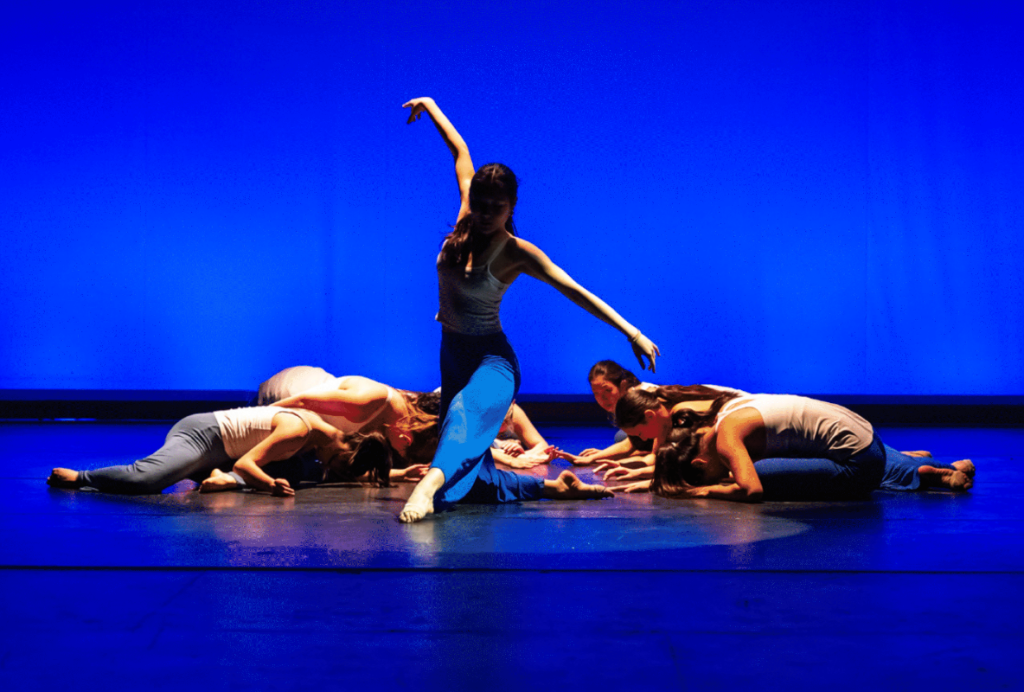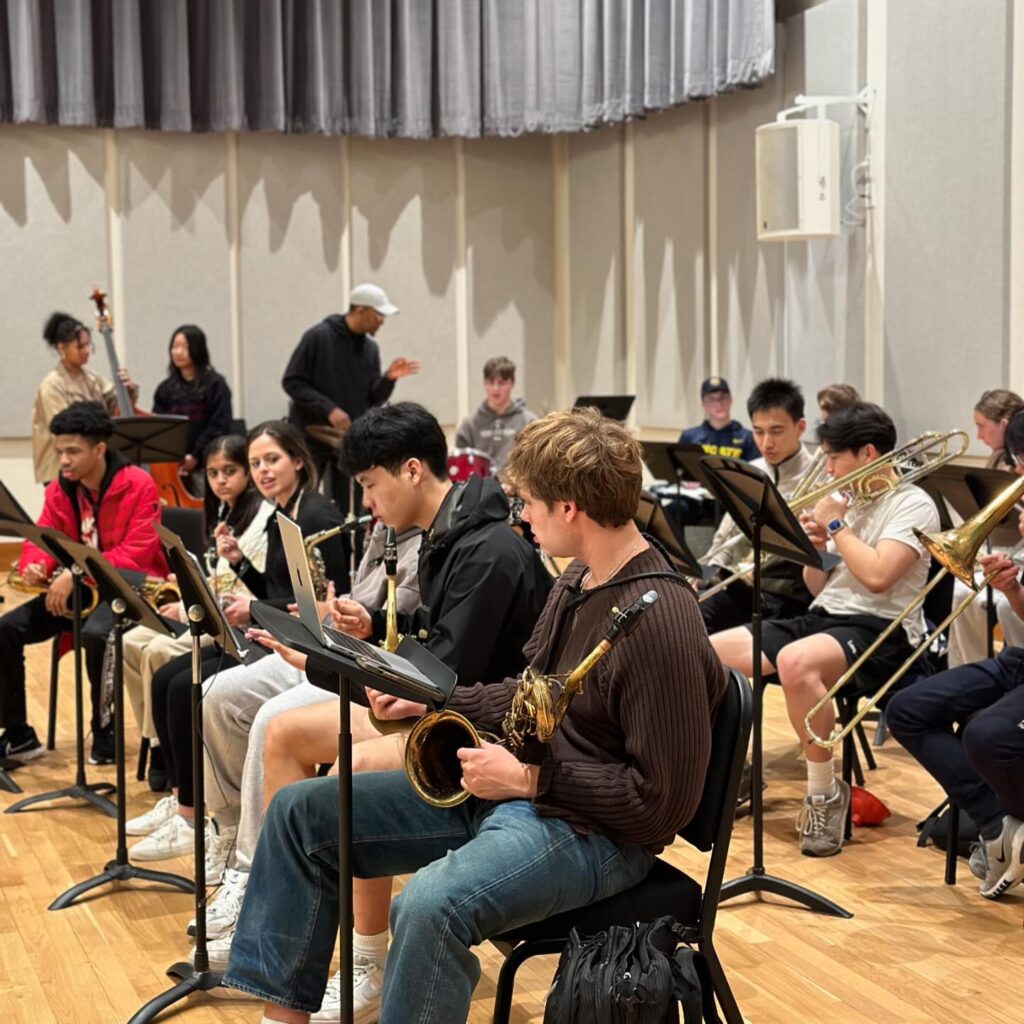Pablo Picasso — renowned painter, inventor of the collage, and founder of the Cubist movement—has been finally featured at the Museum of Modern Art (MoMA) in Manhattan. However, it is not his eccentric paintings that hang on the museum’s walls, but a range of intricate sculptures that had remained hidden for the larger part of the 20th century. Although not widely recognized, these sculptures represent Picasso’s style and artistic ability just as much as his most famous painted works do. For this reason, on this past Monday the MoMA opened its doors for viewers to witness an entire floor devoted to Picasso’s eclectic three-dimensional pieces.
Picasso was a painter by training; however, it seems as though he was a sculptor by nature. Aside from the 4,300 paintings he created over the course of his lifetime, he also put together another 700 sculptures, made in phases and often with yearly time lapses in between. Because he was self-taught, he possessed the freedom to experiment with different materials, techniques, and styles, reinventing himself along the way without any pressure from the art world. However, Picasso mostly kept these sculptures to himself.
Nevertheless, thanks to the collaboration of the MoMA and the Musée National Picasso in Paris, this hidden collection has made its way to the prestigious New York gallery. The exhibition illustrates a chronological passage through the different eras in Picasso’s career as a sculptor, starting with a reflection of his twenty-year-old self. Critics find especially attractive about this collection the diversity of styles Picasso explored: from African, Oceanic, and Cycladic, to his own Cubism.
Among the most notable sculptures displayed stands the compilation of the six “Glass of Absinthe” sculptures of 1914, bronze-painted charmers of an intricate configuration that depict the profiles of drunken people. The wide array of materials he used to create this work incorporate a silver spoon and a sugar cube. “Guitar” is also groundbreaking because it establishes space itself as a primary material to provide volume and weightlessness. The particular traits of Marie-Thérèse Walter, Picasso´s muse and source of inspiration, are once again portrayed in several different sculptures, with the addition of the materials themselves as muse-like elements.
The exhibition raises the question of whether Picasso was a better sculptor or painter. Even in his paintings, Picasso´s longing to differ from the norm and explore within the limitations of the canvas can be observed. Picasso could easily exhibit this quality by working in three-dimensional space. Some believe he was a magician because of his ability to use common objects and transform them into representations of deeper concepts. Picasso´s development as an artist was more of a roller-coaster through self-exploration than a linear trend of growth, and the MoMA’s installation effectively illustrates his path. Specialists say that Picasso´s sculpting has a force field around it, so it is worth the effort to visit the gallery and discover if that claim is true.




